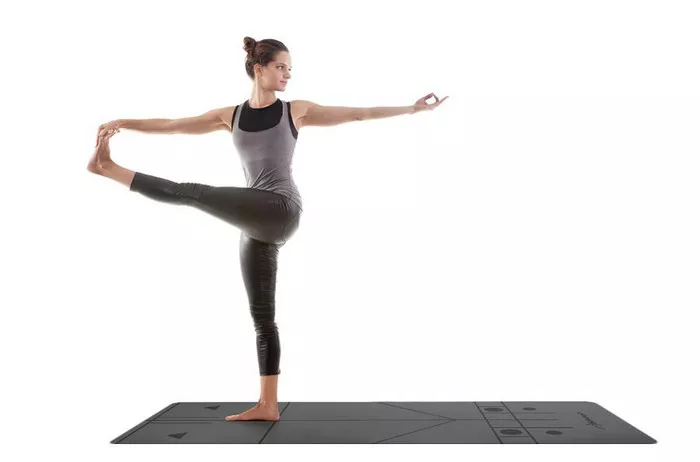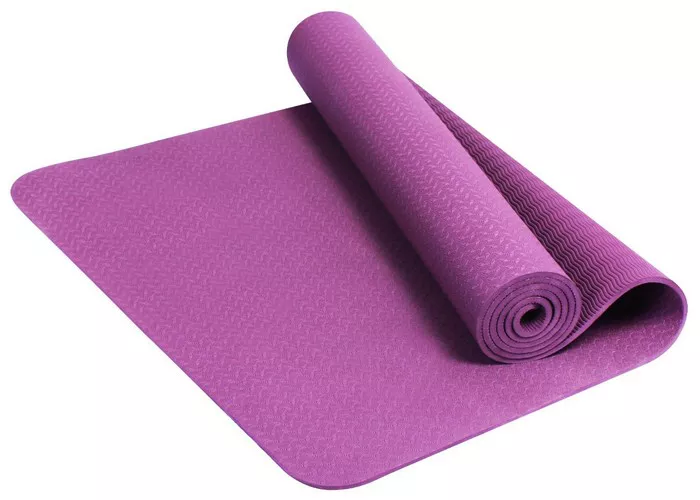In recent years, hot yoga has gained immense popularity for its unique blend of physical exercise and mental relaxation. This trend has led many entrepreneurs and yoga enthusiasts to consider establishing their own hot yoga studios. However, building a successful hot yoga studio requires careful planning, attention to detail, and a solid understanding of both the yoga industry and the specific needs of your target audience. In this comprehensive guide, we will explore the essential steps involved in creating a hot yoga studio from scratch.
1. Conduct Market Research
Before diving into the process of building a hot yoga studio, it’s crucial to conduct thorough market research. This involves analyzing the demand for hot yoga in your area, understanding your target demographic, and identifying potential competitors. Consider factors such as population density, income levels, and existing yoga offerings to gauge the viability of your business idea.
2. Develop a Business Plan
A well-thought-out business plan serves as the roadmap for your hot yoga studio. Outline your vision, mission, and objectives, as well as the specific services you plan to offer. Include financial projections, marketing strategies, and an analysis of potential risks and challenges. A solid business plan not only helps you secure funding but also guides your decision-making process as you move forward.
3. Choose the Right Location
The location of your hot yoga studio can significantly impact its success. Look for a space that is easily accessible, visible, and has ample parking. Consider factors such as foot traffic, proximity to other businesses, and the overall ambiance of the neighborhood. Ensure that the space has adequate ventilation and can accommodate the temperature and humidity requirements of hot yoga classes.
4. Design the Studio Space
The design of your hot yoga studio should prioritize functionality, comfort, and aesthetics. Create separate areas for yoga practice, reception, changing rooms, and bathrooms. Choose calming colors, natural materials, and minimalist décor to create a tranquil environment conducive to relaxation and meditation. Invest in high-quality flooring that provides cushioning and slip resistance for yoga practice.
5. Invest in Equipment and Supplies
Equipping your hot yoga studio with the right gear is essential for providing a safe and enjoyable experience for your clients. Invest in heating systems capable of maintaining the desired temperature and humidity levels throughout the studio. Purchase high-quality yoga mats, towels, and props to enhance the comfort and support of your clients during their practice. Consider installing showers and water stations to help clients stay hydrated and refreshed.
6. Hire Qualified Instructors
The success of your hot yoga studio hinges on the expertise and professionalism of your instructors. Look for certified yoga teachers with experience in teaching hot yoga classes. Seek individuals who are passionate about yoga and possess excellent communication skills. Provide ongoing training and support to help your instructors grow and excel in their roles.
7. Develop a Marketing Strategy
To attract clients to your hot yoga studio, you need a robust marketing strategy that effectively communicates your unique value proposition. Utilize a mix of online and offline marketing channels, including social media, email newsletters, local advertising, and community outreach. Offer introductory deals, referral incentives, and special promotions to incentivize new clients to try out your studio. Build relationships with local businesses, yoga influencers, and wellness communities to expand your reach and attract new clients.
8. Prioritize Client Experience
Creating a positive and memorable experience for your clients is essential for building a loyal customer base. Focus on providing exceptional customer service, personalized attention, and a welcoming atmosphere. Solicit feedback from your clients regularly and use it to continuously improve and refine your offerings. Foster a sense of community within your studio by organizing events, workshops, and social gatherings that bring clients together.
9. Ensure Safety and Hygiene
Maintaining a clean and hygienic environment is paramount in a hot yoga studio. Implement strict cleaning protocols to disinfect equipment, surfaces, and high-traffic areas regularly. Provide hand sanitizer and encourage clients to practice good hygiene habits, such as washing their hands and feet before and after class. Educate your staff and clients about the signs of heat exhaustion and dehydration and have protocols in place to address emergencies effectively.
10. Adapt and Evolve
The yoga industry is constantly evolving, and successful hot yoga studios must be adaptable and responsive to changing trends and consumer preferences. Stay informed about the latest developments in yoga practice, technology, and wellness trends. Continuously seek feedback from your clients and adjust your offerings accordingly. Embrace innovation and experimentation to keep your studio fresh, relevant, and appealing to both new and existing clients.
In conclusion, building a hot yoga studio requires careful planning, attention to detail, and a commitment to providing exceptional experiences for your clients. By following the steps outlined in this guide and staying true to your vision, you can create a thriving hot yoga studio that fosters health, wellness, and community for years to come.
FAQs:
How big should a hot yoga studio be?
The size of a hot yoga studio typically depends on the number of practitioners it aims to accommodate comfortably. A standard studio can range from 800 to 1,500 square feet, allowing space for approximately 15 to 30 students per class, with additional room for changing areas, bathrooms, and reception.
How do you heat up a room for hot yoga?
Heating a room for hot yoga requires specialized heating systems designed to maintain high temperatures and humidity levels. The most common method is through the use of infrared heating panels or radiant heating systems installed in the ceiling or walls. These systems emit heat directly to objects and people in the room, creating a comfortable and evenly distributed warmth conducive to yoga practice.
How much does it cost to build a yoga room?
The cost of building a yoga room varies depending on factors such as location, size, design, and equipment. On average, it can range from $20,000 to $50,000 or more for a basic studio setup, including construction, heating systems, flooring, lighting, and equipment such as yoga mats, props, and sound systems. Higher-end facilities with premium amenities and finishes may cost upwards of $100,000 or more.
















